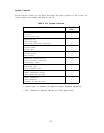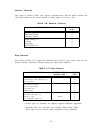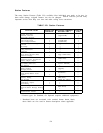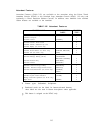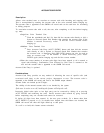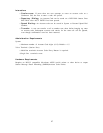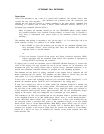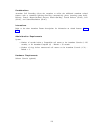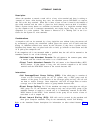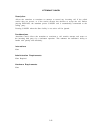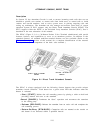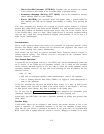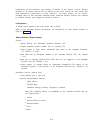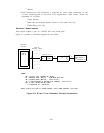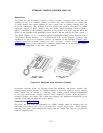ATTENDANT CAMP-ON
Description
Allows the attendant to extend a trunk call to a busy voice terminal and leave it waiting or
“camped on”
there. After hearing busy tone, the attendant presses RELEASE to camp-on
this call at the busy terminal.
When this is done, a burst of tone is heard in the handset of
the called terminal and the caller is placed on hold (hearing music-on-hold if available).
When a System Access button at a multiline set becomes idle or a single-line terminal hangs
up, the camped-on call is connected automatically and ringing begins. Only one call can be
camped-on to a voice terminal.
This feature is referred to as a “Waiting Call” in the User
Guides for the System 25 voice terminals.
Considerations
A camped-on call can be answered by a busy single-line user without losing the current call
by momentarily pressing the switchhook (which places the current call on hold) and then
dialing *9. Multiline terminal users cannot do this. However, if they have a System Access-
Originate Only button, they can place both calls on hold, go off-hook on that button and dial
*9 to pick up the camped-on call.
If the camped-on call is not answered within a specified time, the call will be returned to the
Attendant Console in one of the following ways:
● Switched Loop Attendant Console: The call returns to the common queue, where
it remains until the console can receive it at a LOOP button.
● Direct Trunk Attendant Console: The call returns to the Return-On-Busy (RTN-
BUSY) button. If that button is busy, the call remains camped-on at the called
terminal until the RTN-BUSY button of the console becomes idle.
Interactions
● Call Coverage/Direct Group Calling (DGC): If the called party is a member of
a hunt or Call Coverage group (or, for V1 systems only, a DGC group) and all
members of the group, or all receivers of the Coverage group are busy, the call will
not hunt or receive coverage. Once camped-on, calls will no longer hunt or receive
coverage even if the hunted-to station or group member becomes idle.
● Direct Group Calling: For V2, the attendant can camp-on more than one call per
DGC group. For VI, the attendant can camp-on only one call per DGC group; if the
attendant attempts to camp-on a second call, it is immediately returned on the RTN-
BUSY button on the DTAC. Voice terminals in the group do not receive a burst of
tone when a call is camped on.
● Direct Inward Dialing (DID): DID calls can be covered by the attendant and
then given Camp-On treatment.
They do not automatically receive Call Waiting.
Refer to the Attendant Feature descriptions for information on other related features (Table
2-E).
2-10



